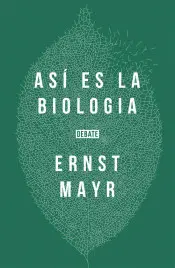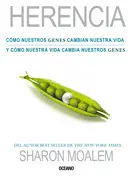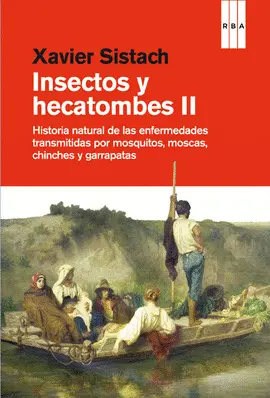Much effort has been devoted to developing theories to explain the wide variation we observe in reproductive allocation among environments. Reproductive Allocation in Plants describes why plants differ in the proportion of their resources that they allocate to reproduction and looks into the various theories. This book examines the ecological and evolutionary explanations for variation in plant reproductive allocation from the perspective of the underlying physiological mechanisms controlling reproduction and growth. An international team of leading experts have prepared chapters summarizing the current state of the field and offering their views on the factors determining reproductive allocation in plants. This will be a valuable resource for senior undergraduate students, graduate students and researchers in ecology, plant ecophysiology, and population biology.
* 8 outstanding chapters dedicated to the evolution and ecology of variation in plant reproductive allocation
* Written by an international team of leading experts in the field
* Provides enough background information to make it accessible to senior undergraduate students
* Includes over 60 figures and 29 tables








